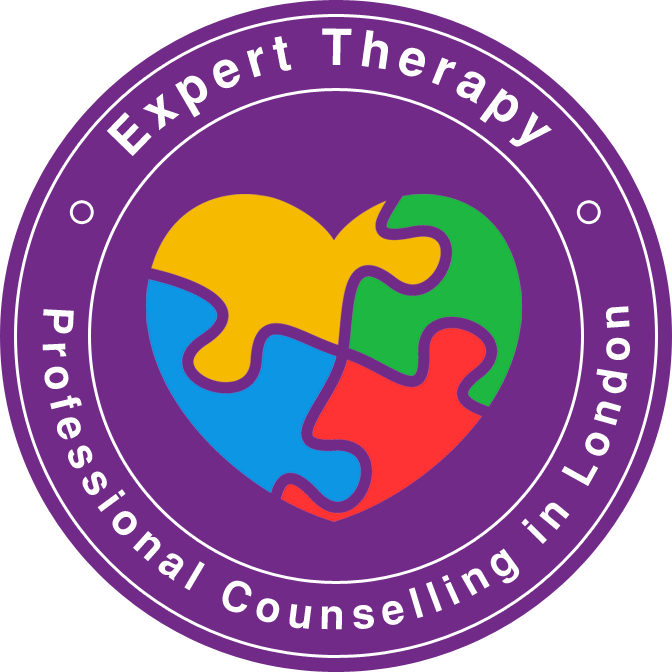Understanding Autism Assessment for Girls
Autism spectrum disorder (ASD) is a developmental condition that affects communication and behaviour. Although it can be diagnosed at any age, it is said to be a “developmental disorder” because symptoms generally appear in the first two years of life. However, diagnosing autism in girls often presents unique challenges, which can lead to underdiagnosis or misdiagnosis.
Why is Autism Underdiagnosed in Girls?
Research suggests that autism may manifest differently in girls than in boys, leading to a disparity in diagnosis rates. Girls are often diagnosed later than boys, and the ratio of male to female autism diagnoses is approximately 4-3:1. This discrepancy may be due to a variety of factors, including:
- A bias towards males in the diagnostic process.
- Girls’ tendency to mask or camouflage their symptoms.
- Social expectations and stereotypes that may lead to misinterpretation of symptoms.
Signs of Autism in Girls
The signs of autism in girls can sometimes be subtle or misinterpreted. Some common signs include:
- Masking or camouflaging difficulties.
- Avoiding or not seeking social interaction.
- Being seen as shy or preferring not to engage.
- Developing intense and sometimes possessive friendships.
- Exhibiting a strong sense of justice and standing up for others.
- Advanced language skills for their age.
- Highly developed imagination and enjoyment of fiction and pretend play.
Assessment and Diagnosis
Assessment for autism in girls involves a multi-disciplinary approach, including a thorough evaluation by paediatricians, psychologists, and other specialists. Screening tools such as the Modified Checklist for Autism in Toddlers, Revised (M-CHAT), and the Autism Spectrum Screening Questionnaire (ASSQ) are commonly used. However, it’s important to note that some screening tools may not be as effective for girls, highlighting the need for specialised assessment methods.
Early Intervention and Support
Early intervention is crucial for improving outcomes for individuals with autism. For girls, recognizing the signs early can lead to timely support and intervention, which can make a significant difference in their development and quality of life. Therapies can include speech and behaviour therapy, medical guidance, and other supports tailored to the individual’s needs.
Awareness and understanding of the unique presentation of autism in girls are essential for accurate diagnosis and support. It’s important for parents, educators, and healthcare professionals to be aware of the potential for gender differences in autism symptoms and to ensure that girls receive the appropriate assessment and intervention.

